Review
What happens if you remove the X from an XC40? Well, you get this all-electric coupé-styled version.
It’s Volvo’s second electric car and it has a lot in common with the first. In reality, the C40 is just an XC40 Recharge with a different roof. But, there’s no shame in repurposing an already winning formula – it is, after all, Volvo’s best-selling model.
Delve a little deeper and you’ll notice more subtle differences between the C40 and its (slightly) bigger brother. The real change, of course, comes at the rear where the C40 looks more athletic with its raked rear window, double spoiler and more angular tailgate.
There’s not really a huge impact on the useable boot space. Official measurements take into account the space up to the top of the rear seats, which is identical at 413 litres. The C40 only loses out on practicality when it comes to carrying large objects that require a more squared-off load space. It’s also a bit less roomy for tall adults sitting in the back.
Up front, there’s the familiar Volvo dashboard albeit with the brand’s latest Google-powered infotainment system.
We like the fact that Volvo has tried to keep things simple with the C40. There’s no on/off button, for example, you just get in and go. But, some functions are buried within sub-menus while others, like adjustable drive modes, are missing altogether.
There are also buttons on the steering wheel that do nothing. The whole integration just feels a bit halfhearted when compared with what you get from other premium brands, or even from the closely-related Polestar 2.
Come to a stop and you’ll find there’s no auto-hold function, while battery regeneration happens only when braking. There’s no way to replicate the effects of engine braking, as in other electric cars, unless you enable the ‘one pedal drive’ option in the settings.

Like the electric XC40, the C40 comes in two flavours. There’s a sensible single motor, front-wheel drive model and the ballistic twin motor. The former develops 231PS and has a 266-mile range, from its 67kWh battery. Twin Motor C40s serve up 408PS, providing exceptionally rapid acceleration. A slightly larger 75kWh battery nudges the WLTP range up to 272 miles.
In the Twin Motor car we were only able to eke 2.5mi out of each kWh, giving a realistic range of around 190 miles. Fully charged, the on-board computer promised 210.
Efficiency aside, the C40 is excellent to drive. It’s comfortable, quiet and there’s an adequate level of driver engagement. The entire experience is dominated by the acceleration. Blip the throttle in just about any scenario and the C40 Twin Motor will slingshot itself forward with addictive vigour.
Of course, for fleets, it’s the slower single motor car that is likely to have the greatest appeal. That’s largely down to cost. Make no mistake, we like the C40 – but the car we tested was priced at almost £59,000. At this level, we expect no compromises.
The most basic C40 is a more palatable £44,745, but still £1,250 more than an electric XC40 and nearly £4,000 more than a Polestar 2.
While the C40 is a refreshing model for Volvo, with higher prices and reduced range, it’s simply not quite as attractive as the Polestar from a fleet perspective.
Specification shown for Volvo C40 Single Motor Plus.
Matt has been an automotive journalist for nine years and has driven just about every new car and van that's on sale. As content editor - vehicles he is responsible for the automotive content on Fleet News and also contributes to Automotive Management. Prior to this, Matt worked in the automotive industry for 10 years.



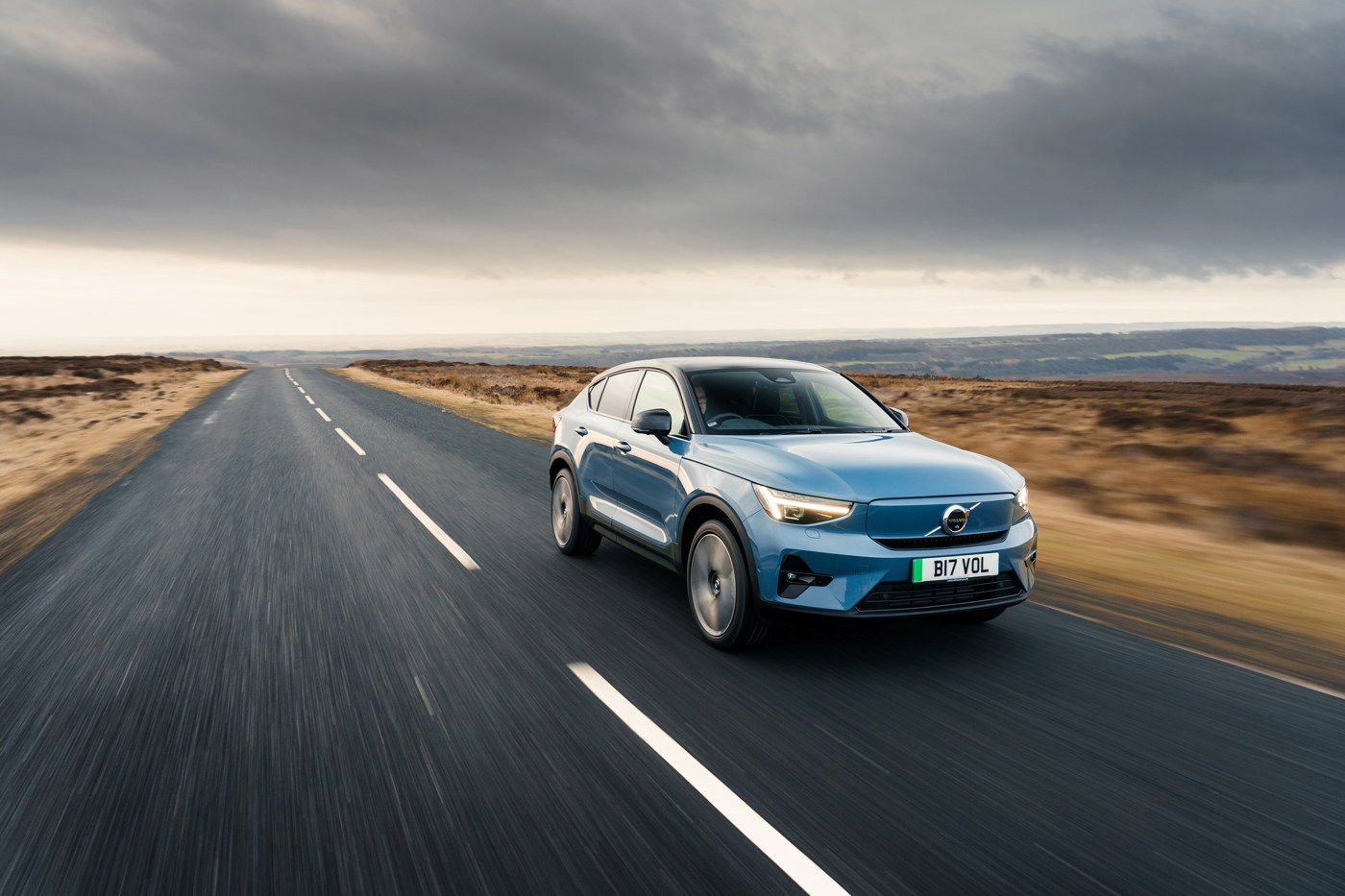
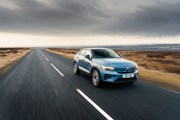

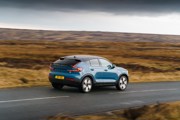
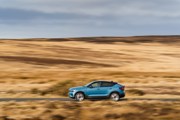


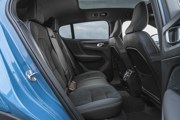
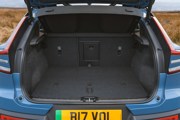
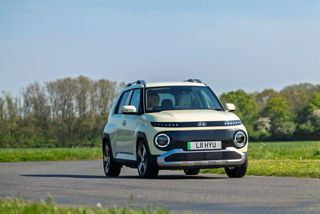
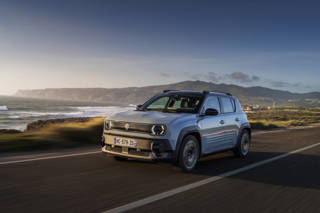
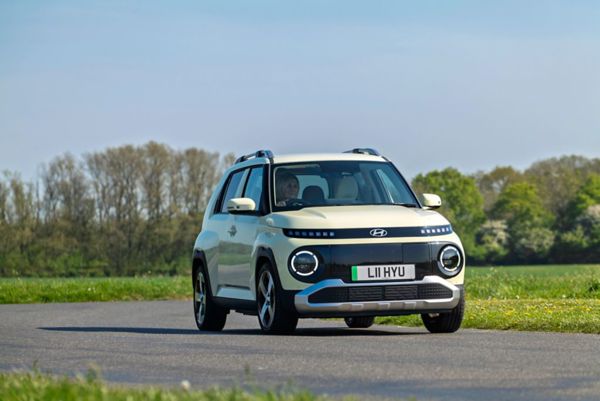
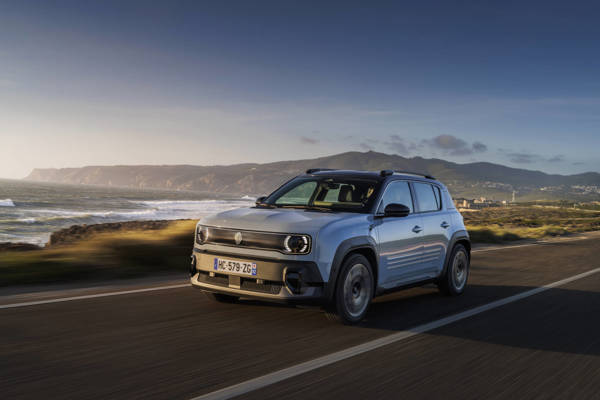
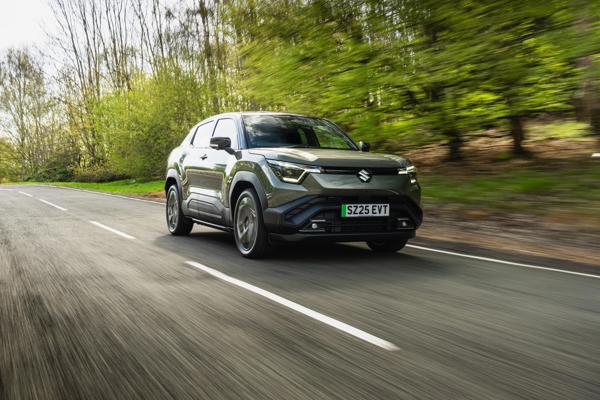
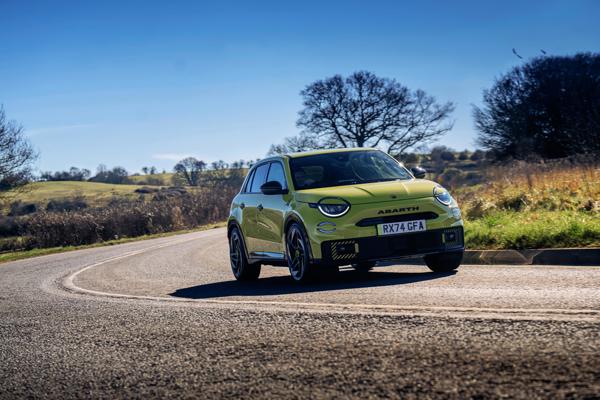
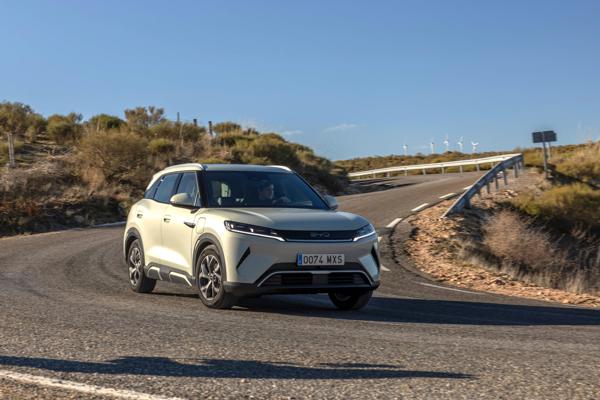
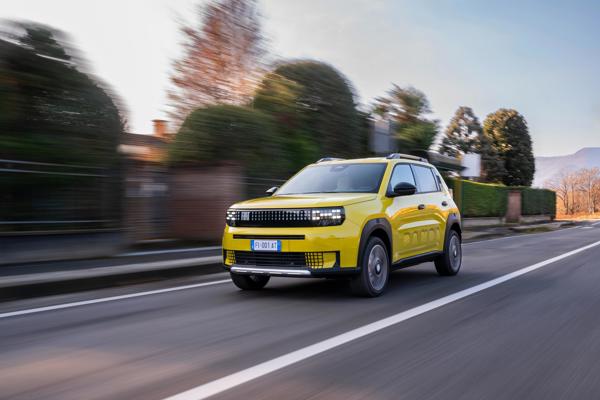

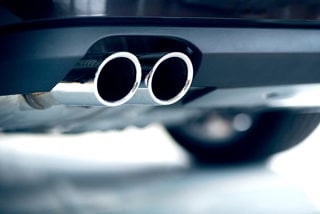
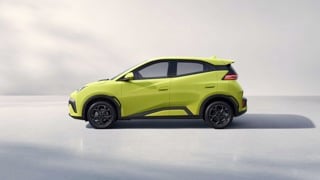














Login to comment
Comments
No comments have been made yet.